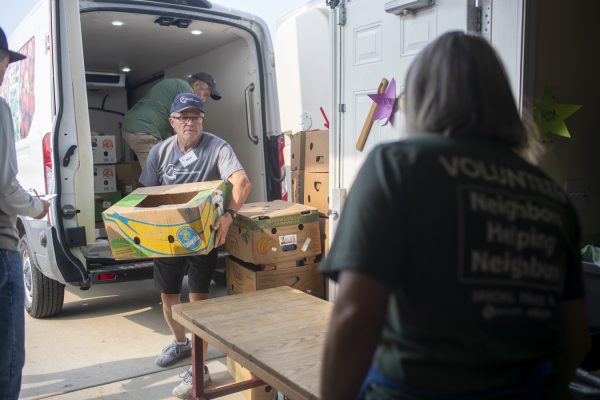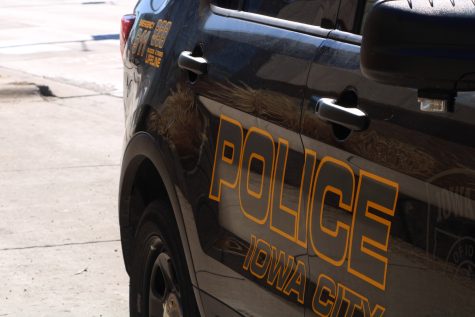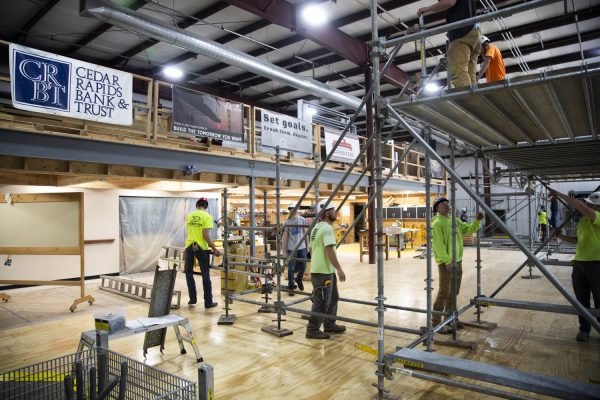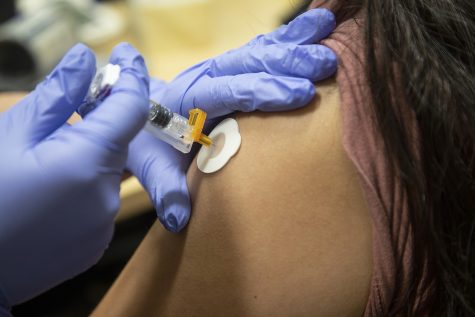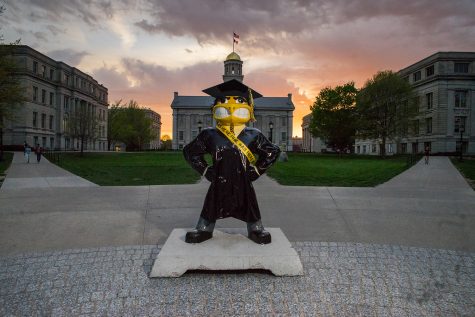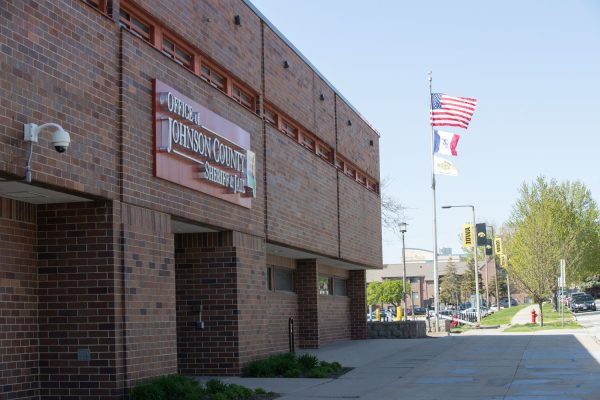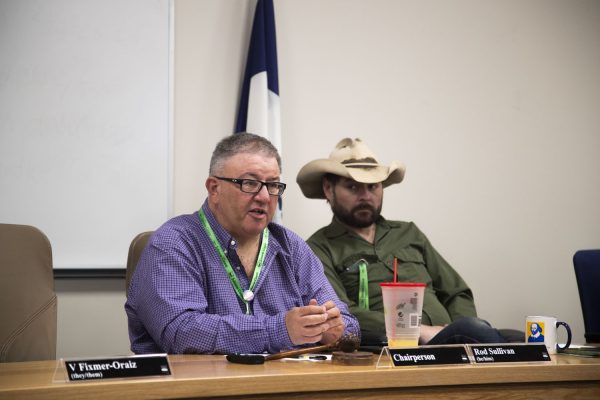Johnson County officials to address broadband gaps in rural areas of county
The county has been working through the month of March to complete an application from the state to potentially receive funding in the future to address broadband needs.
Photo illustration by Matt Sindt
March 27, 2023
Broadband coverage in Johnson County may improve for residents living in rural communities with the county’s pending application for state funding.
The county qualified to apply for state funding and identified four areas in Johnson County to improve broadband access. The state funding helps communities lacking broadband to submit applications to the Office of the Chief Information Officer.
An estimated $350 million has been awarded by the state to broadband service providers since 2018. Johnson County officials will not know the amount it will be awarded if it receives the grant.
The county worked with Cedar Rapids-based HR Green to create a study identifying broadband gaps in the county.
Becky Soglin, Johnson County sustainability director for planning, development, and sustainability, said the study is part of a plan first adopted in February 2022 by the Johnson County Board of Supervisors.
“We really want to be a partner in helping resolve that issue and working with the providers and the county in whatever constructive way we can to solve that infrastructure issue… without the infrastructure, we simply don’t have broadband in some locations,” Soglin said.
Johnson County Supervisor Jon Green said it is important for the county to address broadband concerns as it is now a basic need for many people.
“Over the past 20 years, broadband has become as important to be fully integrated into society as access to electricity, clean water, any utility, and investment has not reflected that fact,” Green said. “When the pandemic came, we were viscerally shown broadband is important, and everybody, regardless of where you live, needs to have access to broadband to be able to participate.”
With the study, Soglin said the next step is to find ways to address current gaps in broadband across the county, beginning with identifying residents in three specific areas of need in the Southwest Kansas Avenue Community, Rural Hills and Lone Tree Areas, and Rural Area Between Iowa City and West Branch.
“They’re called geographic areas of concern, and our hope is that the state will recognize these as broadband intervention zones, and if they’re designated as such, these areas then have a better chance of being prioritized for funding,” she said.
RELATED: Johnson County General Assistance program provides over $970,000 in financial assistance
The gaps in broadband access are locations of sparsely populated areas, or terrain where it was challenging to install the technology, Soglin said. For these reasons, it can be expensive for providers to install broadband. However, through the invitation to qualify, there’s the potential for federal funding to alleviate the cost.
The county has contracted the Community Broadband Action Network to assist in work relating to the grant application. The company is based in Indianola, Iowa, and advises communities on broadband.
Todd Kielkopf, Community Broadband Action Network co-founder and program manager, said the company assists with gathering information about county stakeholders and residents while following state guidelines.
“Since that’s kind of our area, we’ve been actually trying to do some of that legwork with the county staff to be of support for them,” Kielkopf said.
Kielkopf said providers used to designate areas and directly ask for funding in previous applications. Now, communities like Johnson County get to be involved in the process by designating areas they think need funding.
Kielkopf and Soglin both emphasized that the invitation to qualify was meant to get a favorable position from the state, as communities will be ranked based on their applications. The better the ranking, the more likely the county is to receive a state grant.
County staff brought a resolution of support about the funding application to the supervisors, which was passed unanimously during a March 23 formal meeting.
From there, the state will review applications until April 21, with final decisions coming on April 28.







